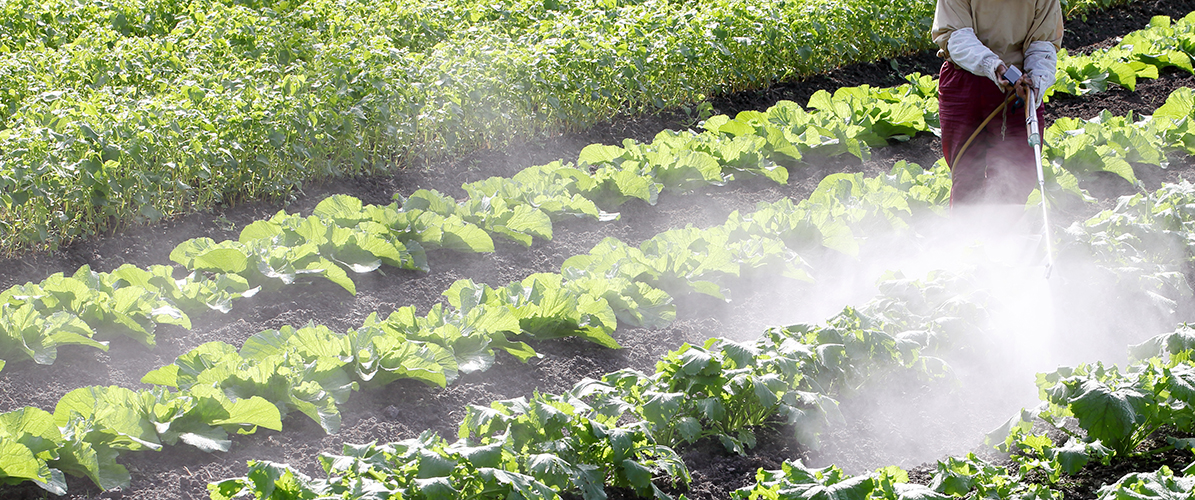New fact sheet on adjuvants from ICP project
Adjuvants are additives that enhance or modify the action of a chemical – including how it forms, spreads, or behaves within a spray solution and/or on the target pest.
While many adjuvants are added by manufacturers, producers may add ‘after-market’ adjuvant products to further enhance the efficacy and cost effectiveness of their chemical applications. The most common types of adjuvants include surfactants, oils, acidifiers/buffers, and fertiliser adjuvants.
This detailed fact sheet produced by the Integrated Crop Protection (ICP) project provides insights into how adjuvants work, what types are available, and recommendations on what one to choose to make sure it’s compatible with your pesticide’s active ingredients.
This fact sheet is just one of over one hundred resources produced by the first phase of the levy-funded Soil Wealth/ICP projects. To benefit from the full range of information communicated through the project covering key topics like crop management, pest and disease management and soil nutrition, visit the Soil Wealth/ICP website. You can also keep up with the latest news from the ICP project through their twitter @ProtectingCrops.
This post appeared in the AUSVEG Weekly Update published 13 March 2018.


